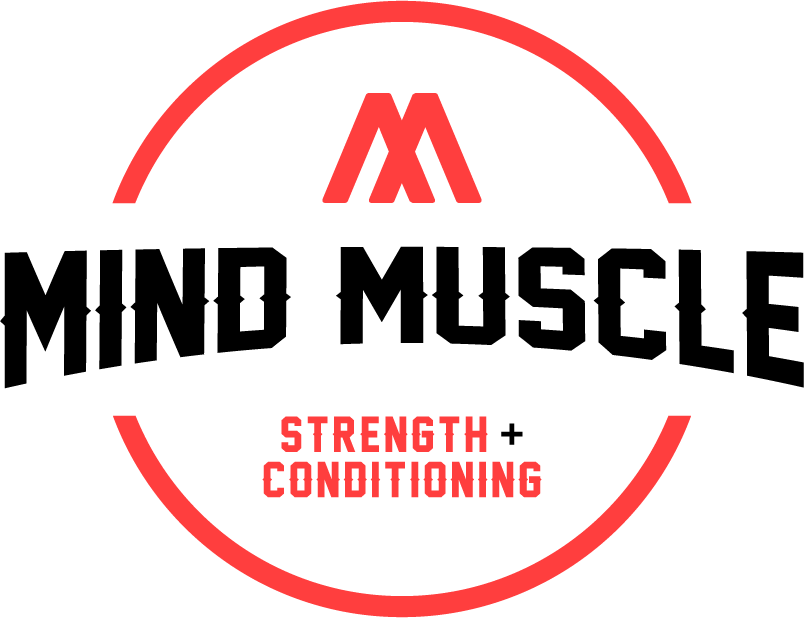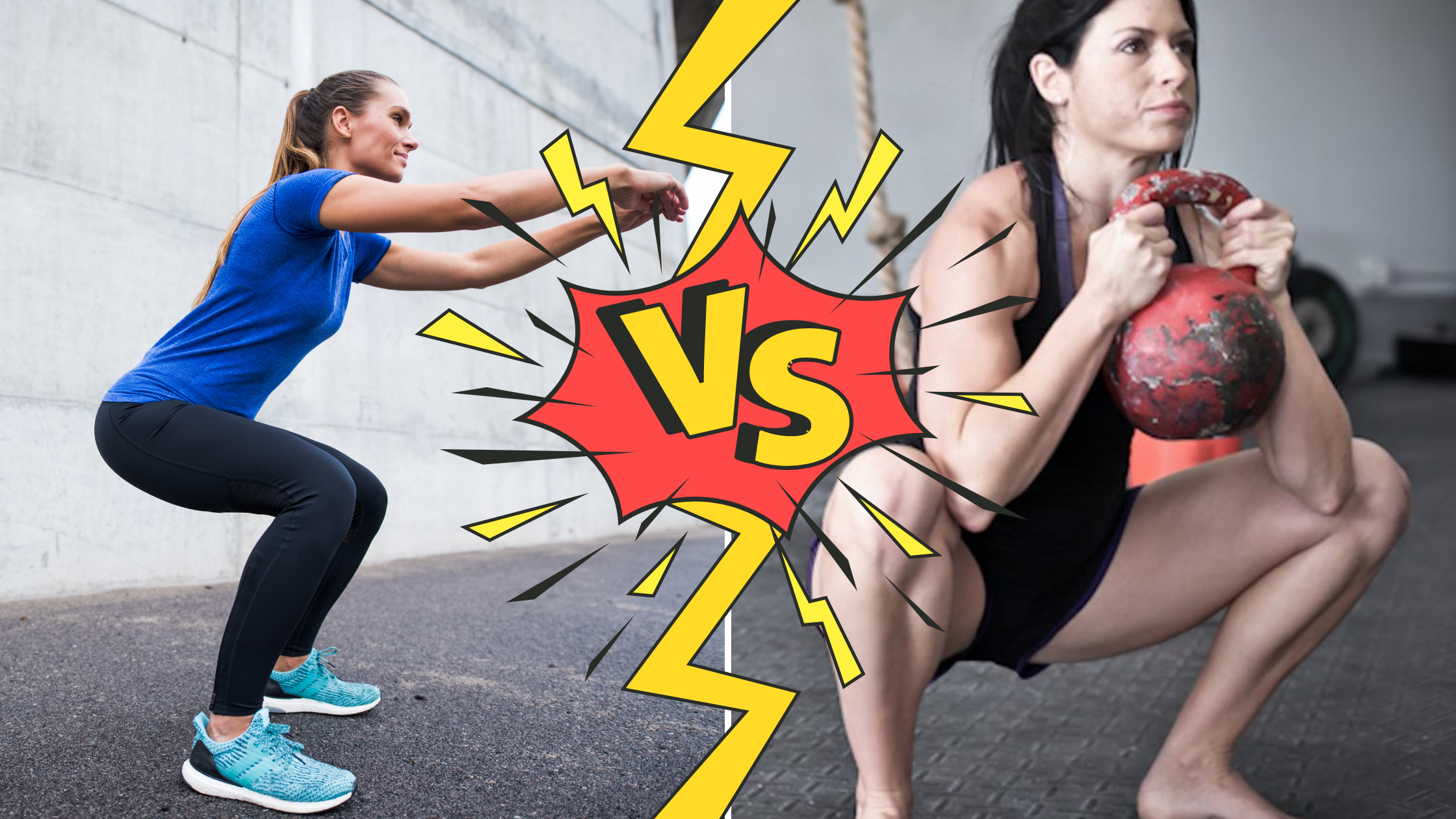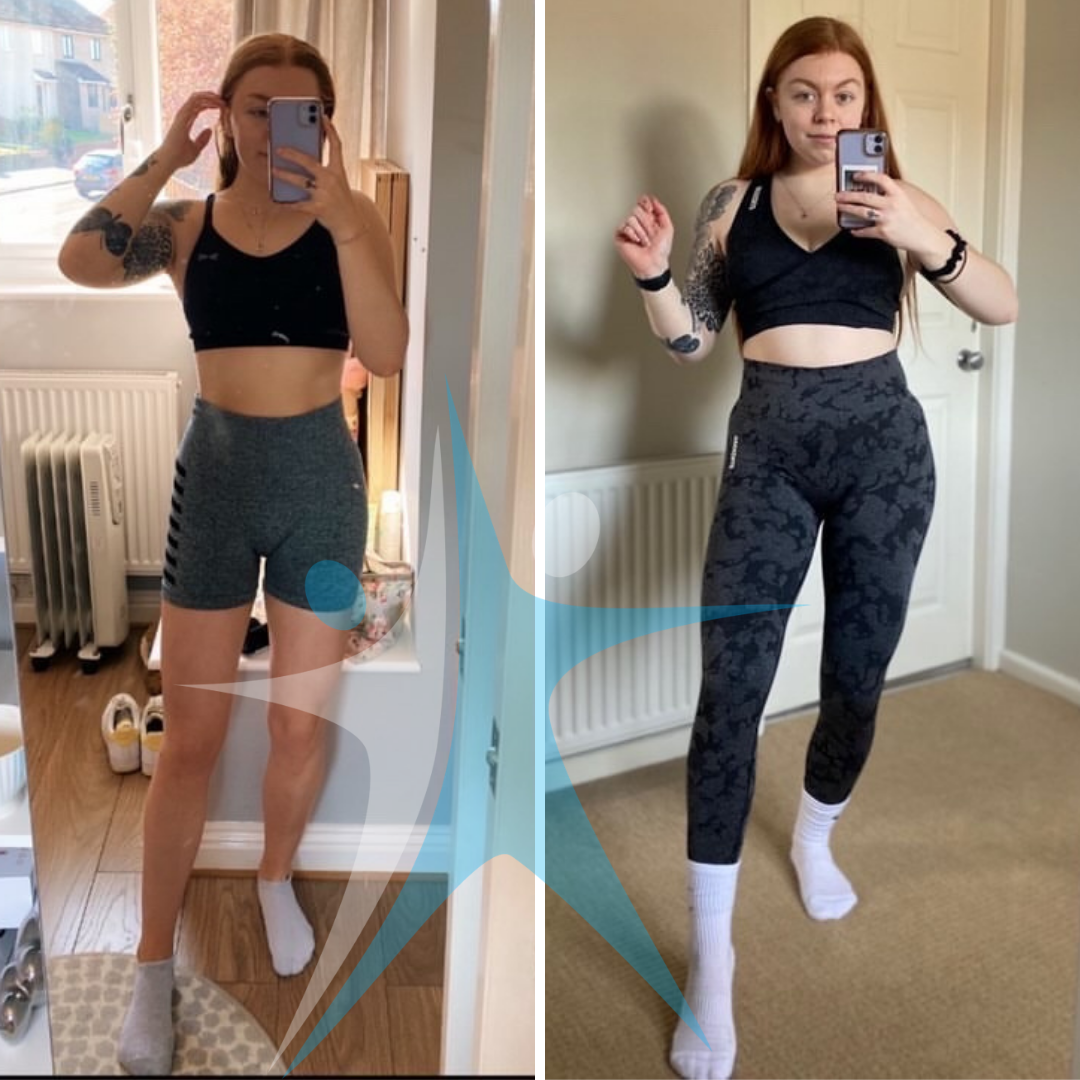5 Reasons Why You Can’t Squat With Depth
Half reps equals half results, that’s a simple fact.
Squats are so often used and abused by gym goers and it hurts my eyes and my soul seeing so many poorly performed squats on a daily basis.
The problem falls in to two main camps:
You simply don’t have the mobility (yet) to squat properly.
It’s too heavy for you to manage properly (ego lifting).
Squatting with a good depth requires a balance and hip, ankle and thoracic spine flexibility and mobility and a lot of people struggle with at least 1 of these.
Being able to get below parallel on your squat produces greater muscular activation (quad and glute building) as you drop below 90 degrees; In fact the glute muscles are at their most active in a squat when they are fully stretched so it pays to go deep if you want to grow that booty.
And contrary too popular believe squatting is actually good for your knees and deeper squatting is even better than shallow squatting for long term knee health.
But before you go grabbing for the heavy dumbbells or barbell you NEED to work on the specific issues limiting your squat first.
Form should always come before stacking on the weights.
It can be really hard to learn and master an exercise if you add too much weight too quickly.
With squats it’s a good idea to start with body weight then add resistance over time once form is in place.
To begin you may barely be able to hit parallel, but once you’ve finished this article you’ll be armed with tools you need to hit beautifully deep, stable, strong squats and greater depth will lead to greater gains in the quads, hamstrings, and glutes.
Any good athletes ability starts from the ground up from the feet/ankles, thought the posterior chain (hamstrings, glutes) to the back muscles and spine.
So let’s start at the feet and the 5 mains reasons you cant squat deep enough.
1 - You Have Low Ankle Mobility
You need mobile ankles to descend in to a deep squat, or what we call ankle dorsiflexion.
When your ankles are tight and lack mobility, it affects your entire posterior chain which reduces your ability to descend into a deep squat.
The most obvious sign of this is an inability to keep your feet flat to the floor when you try to squat as your heels lift up to compensate for the lack of ankle mobility.
There are several causes for ankle tightness:
Ankle sprain (current or prior)
Osteoarthritis in older people.
An arch that’s too high or too low (flat feet)
Tight calf muscles.
Wearing high heels fuck’s up your feet and ankles.
Tight calf muscle is often the most common cause and can be alleviated by doing calf stretches and ankle mobility exercises.
How can you get your ankles more mobile?
My three favourite ankle mobilisations are:
The Deep Dorsiflexion Stretch
Knees Over Toe Lunge
Calf Foam Rolling
2 - You Have Low Hip Mobility
What are you doing right now?
Probably sitting down right?!
We spend too much time sitting on our butts and not doing enough movement.
Over time our hip flexors adapt to this shortened position and become chronically shortened, tight and weak and our glutes and hamstrings (hip extensors) become chronically lengthened and weak.
And tight muscles are weak muscles…..
And chronically lengthened muscles are weak muscles….
It’s a double whammy of issues.
How can you get your hips more mobile?
Some of the best mobility exercises are:
Hip Flexor Stretches.
Deep Squat Sits.
Foam roll your hips and quads.
And finally - Standing more and sitting less!
Then we need to look at strengthening you muscles, because remember chronically shortened or chronically lengthened muscles are weak muscles .
To balance out and compensate for your hip flexors we need to train the posterior chain muscles (glutes and hamstrings) to try and shorten them.
How can you get your hips stronger?
We need to train the glutes and hamstrings. Not only will this develop strength and stability in your hips it will also help you build an an amazing bum.
Some of the best exercise choices are:
Glute Bridges.
Hip Thrusts.
Kas Glute Bridges
Romanian Deadlifts (and Single leg RDL’s).
3 - You’re A Quad Dominant Squatter
Are you a Quadzilla like me?
A lot of lifters are quad dominant, with hamstrings and glutes that lag behind their quads (guilty), this can cause strength imbalances between the front (anterior chain) and back (posterior chain) of your legs and hips and can lead to a variety of issues from tight hips to lower back pain.
How can you over come quad dominance?
Simple:
Train your glutes more, more hip thrusts and glute bridges to strengthen your glutes and minimise quad dominant or quad isolation exercises like leg extensions.
Practice and retrain your hip hinge patterns with exercises like the Dowel Hip Hinge to help improve your squat form.
4 - You Have Poor Thoracic Spine Mobility
Limitations in the mobility of your spine play several roles in your ability to squat deep.
Again on the main reasons we see this today comes from our lifestyle choices - we sit too much, we slouch, we stare at our phones for hours.
The thoracic spine is home to many of the main nerves that move (innervate) the lower body so issues here may be causing nervous signal interference with the lower body.
This may effect how well you can coordinate and control your body when squatting and may also affect your strength, not to mention front squats will be a real struggle.
How can you get your thoracic spine more mobile?
Some of the best mobility exercises are:
T-Spine rotations.
T-Spine foam rolling.
Cat-Cow’s
Tread The Needle’s
Stand more, Slouch less!
But your best option would always be to see an experienced registered chiropractor or Osteopath for anything back related.
5 - You’re Not Built To Squat Deep
Sometimes it simply comes down to your anatomy.
If you have long legs and a short torso then it’s going to be tougher for you to squat well, same goes for being taller, conversely if you have a long torso and shorter legs you will find it easier same goes for being short.
If you have long femurs and a short torso, you’ll lean your torso forward when you squat rather than standing upright. This can put extra stress on your lower back as the bar tries to fold you in half instead of pressing you down vertically.
Just like shape of your glutes you cant change your anatomy, but you can work with it.
If you’re part of the long femur, short torso crew then try high bar squats and try a wider or sumo stance rather than shoulder width stance as you should be able to stay more upright.
The Bottom Line
Squats are great, but you don’t NEED to squat.
You can build an amazing lower body without ever doing a barbell squat.
Some people are just not built for them and the cost out-weights the benefit, but if you do want to get better at squats then start addressing your mobility issues first before adding weight.
Again a lot of personal trainers need to learn this, not every client needs to squat to reach their goals.
Remember it doesn’t matter how much you lift if your from sucks and you’ve got less depth than kids paddling pool.
Master getting deep and then keep that depth as you add weight, never sacrifice depth and form for weight.
And if you want more help and advice reach out to a properly qualified and experienced personal trainer (like me) not the gym bro or booty chick trainer.
Thanks for reading, now go improve those squats.
Aaron
If you are looking to make that change, work with a coach who understands and respects individuality and is trained to work with women then you should
apply for M3 - Mind Muscle Method - Coaching Program
A few of my clients who joined my M3 - Mind Muscle Method - Coaching Program
Reference 1: Joseph Esformes and Theodoros Bampouras. "Effect of Back Squat Depth on Lower-Body Postactivation Potentiation." Journal of Strength & Conditioning Research. Nov 2013. Vol 27. Issue 11)
Make it stand out
Hi, I’m Aaron Schiavone, owner of Mind Muscle Personal Training. Over the past 6 years I have helped women increase their self confidence, improve their relationship with food, improve their health, become stronger, fitter and happier.













